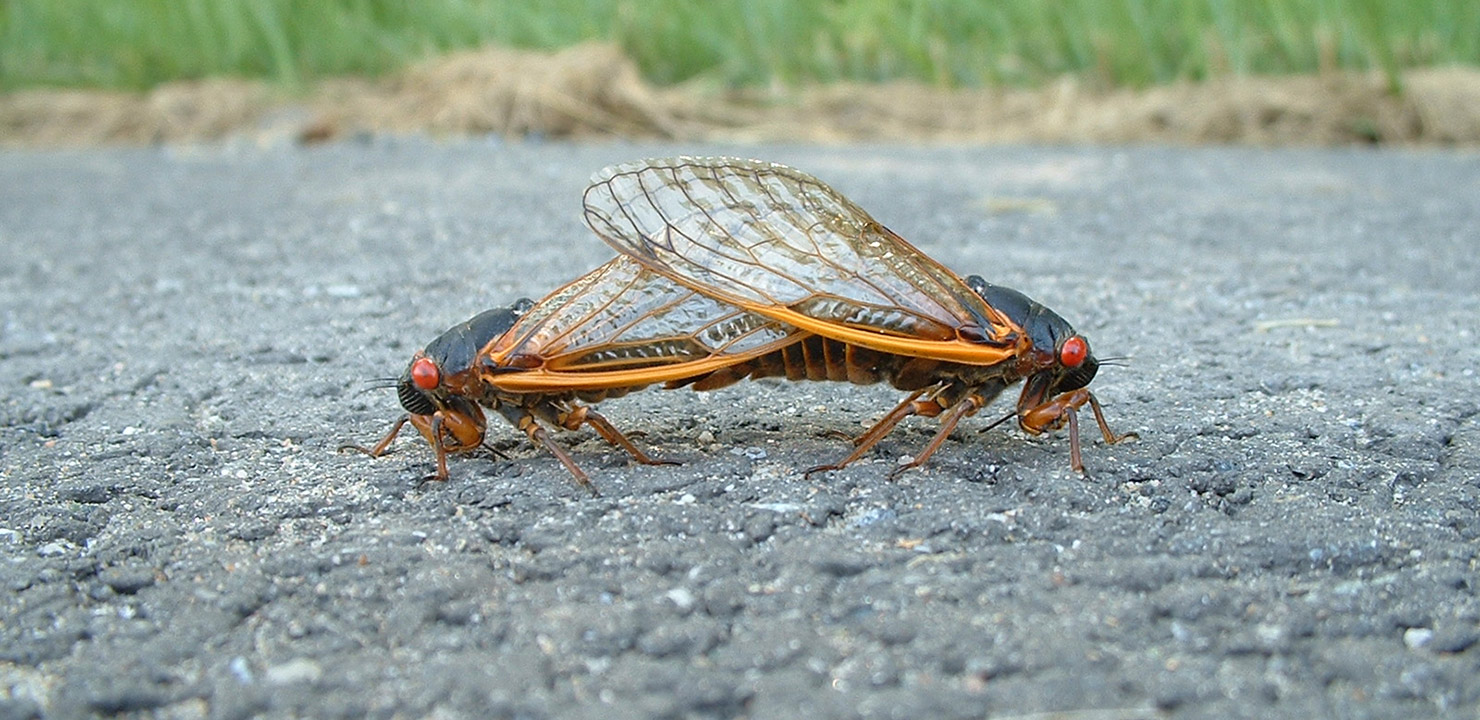
In the Seventeen Years Since...
May 2021 :
Rip Van Winkle slept for 20 years. Although cicadas didn’t rest that long, only 17 years, it is amazing how much has happened since the time they set down for their long nap. While they’ve been sleeping underground, waiting for their triumphant return to the surface for that all-important mating season, a lot has occurred in astronomy:
In 2004, when they started to bed down, they missed the discovery of Sedna;
In 2005, Eris became a newly found solar system neighbor.
2006 marked the first ever return of cometary material to Earth, as Stardust returned from a successful trip to Comet Wild 2. And, of course, our ninth planet, Pluto, suddenly found itself left out of the list, as it became a part of the new category dwarf planet.
2007 was a year of several planets discovered around other stars, including a planet considered potentially within its star’s so-called “Goldilocks zone,” implying a possible candidate for having liquid water;
In 2008, astronomers found what could have been the smallest black hole, at 3.8 solar masses, and the largest black hole, weighing about 33 suns;
LCROSS in 2009 slammed into our Moon’s south pole, and out came evidence of water. Also, a massive black hole overshadowed that of the previous year, 6.4 billion times the mass of the Sun, within the giant galaxy M87;
2010 marked the 75th Stellafane Convention;
2011 was called the Year of the Restless Sun, as it “erupted” with numerous strong flares and waves of charged particles;
2012, of course, was the alleged end of the world, as the Mayan calendar stopped;plus, it signaled the last transit of Venus for over a century;
In 2013, Comet ISON was originally thought to be a good view for all of us aboveground, but it broke apart and completely disintegrated as it ventured toward the Sun; 2013 was also the year of the meteor that shocked the town of Chelyabinsk, Russia;
Although a set of two Full Moons is normally thought to be a unique event, January, 2014 had us celebrating two New, or Black, Moons;
And, what a shame to have missed the incredible discoveries of New Horizons as it approached Pluto, showing its surface as never before in 2015;
In August, 2016, Venus and Jupiter appeared just 0.06° apart in the western sky;
Of course, 2017 was the year of the great U.S. total solar eclipse;
2018 saw two total lunar eclipses;
In 2019 the last Mercury transit until 2032 occurred; also we watched the New Horizons pass of Ultima Thule, soon renamed Arrokoth.
And we will never forget 2020’s Comet NEOWISE.
And, now, in 2021, while they will be enjoying their time above the Earth’s surface, if they happen to look up for even just a moment, will they realize how magnificent the sky is, and what wonders they miss while on their many-year rest periods?
These Brood X Cicadas were mating on a road during the 2004 breeding season. Photo by superbatfish.



